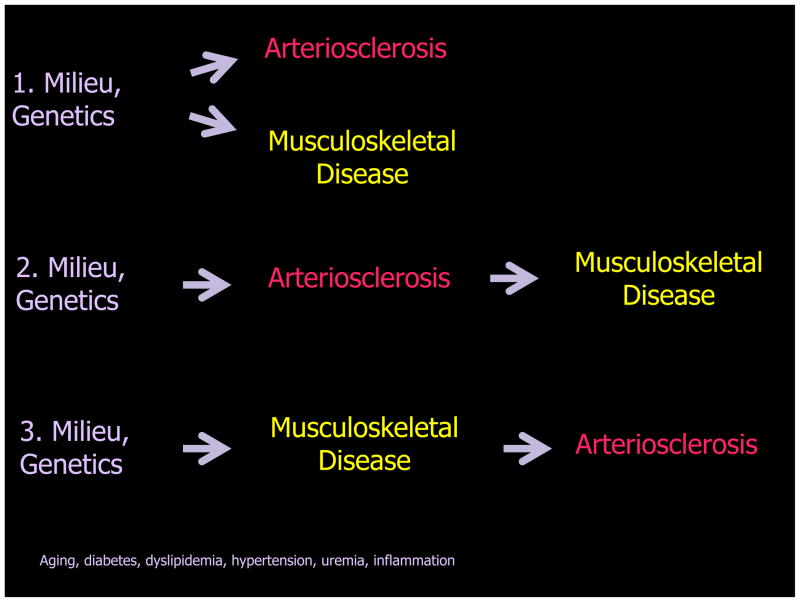Figure 7. Metabolic milieu, genetics, arteriosclerosis, and musculoskeletal disease.
Oxylipids simultaneously drive arteriosclerotic calcification, suppress bone formation, and increase osteoclastogenesis; parallel progression arteriosclerosis and musculoskeletal disease ensues (schema 1). However, via vessel stiffening and reductions in endothelium-dependent control of bone perfusion, arteriosclerosis can negatively impact bone anabolic responses necessary for skeletal homeostasis and fracture repair (schema 2). Finally, since osteoblasts, osteocytes, and a bone marrow elaborate cellular elements and hormonal cues that prevent arteriosclerotic remodeling and preserve vascular health, primary disease of bone may give rise to or at least exacerbate arteriosclerotic disease (schema 3).

